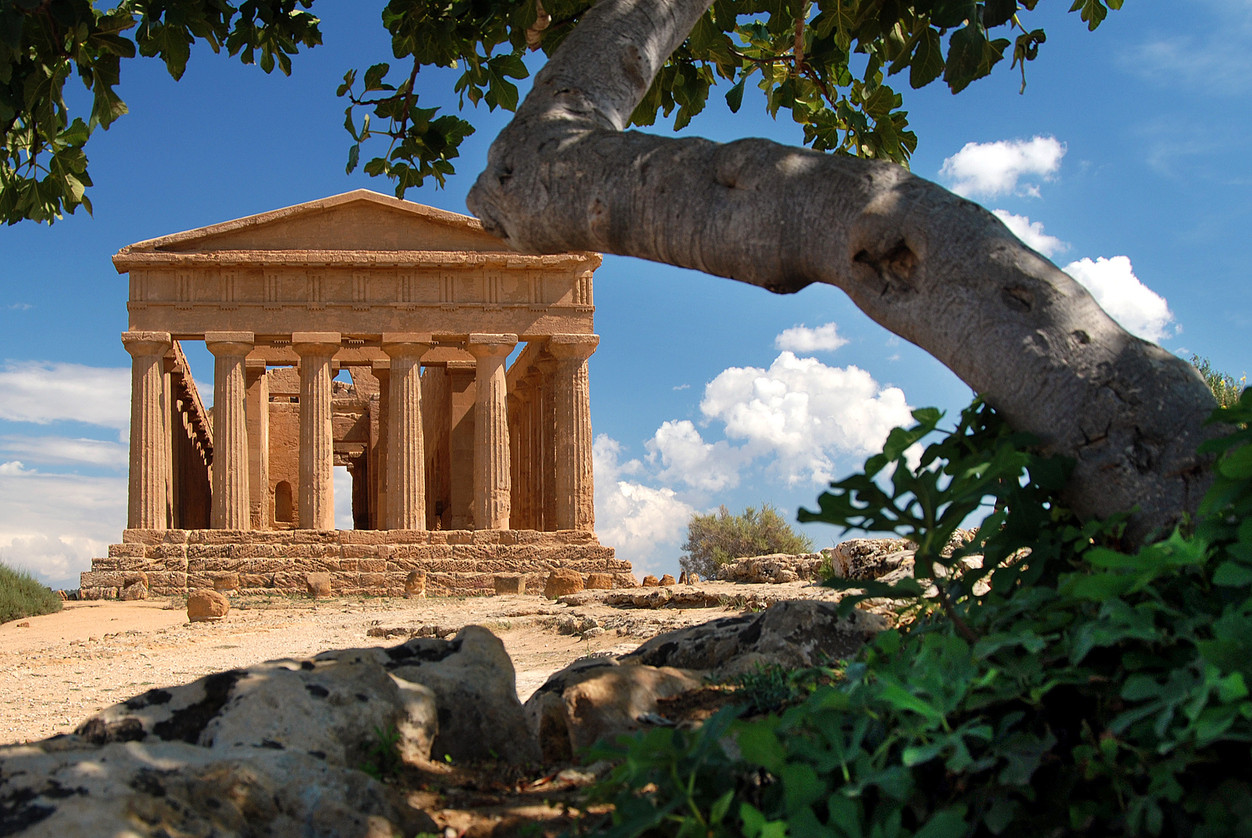
UNESCO World Heritage Sites in Sicily
Sicily is a unique land, an island with many historical and natural beauties to be discovered. From the East to the West coast, many places have been included in the UNESCO World Heritage Sites List. There are both natural sites, such as the Aeolian Islands, and architectural and historical ones, such as the towns of the Noto Valley.
In this article, you will find a guide on the UNESCO World Heritage Sites List in Sicily, all the places on the island, between natural beauties and Baroque buildings.
The Baroque towns of the Noto Valley
The Noto Valley, in South Eastern Sicily, is famous for its late baroque towns, whose historical centers are part of the UNESCO World Heritage List. In fact, the influence of Baroque style in those centers is massive, so that there is no other area with the same characteristics. Those cities were re-built in 1693 after a strong earthquake, so they were planned according to Baroque urbanism and innovation, which were decorated with typical embellishements.
The towns of the Val di Noto that were included in this list are: Catania, Modica, Noto, Palazzolo Acreide, Caltagirone, Scicli e Militello.
The necropolis of Pantalica and Siracusa
In Pantalica, there is one of the oldest and best-kept necropolis from pre-historic times. It used to be the most inhabited settlement in the area, as you can see from the ruins. Later, the Greeks arrived and founded Siracusa, which took the place as the most important center. In fact, the Greek influence is very visible in Siracusa, who went through different historical periods, from Magna Graecia to Baroque.
The Valley of Temples, Agrigento
The archaeological area of Agrigento, also known as the Valley of Temples, stretches over the territory where the ancient polis was located. This place has always been decanted by writers, poets, and artists, as it was part of the Grand Tour during the XVII century.
It includes many civil and religious buildings dating back to Greek times. There are many Doric temples, one of which is the temple of Concordia, which is one of the best-kept temples in the world.
The Aeolian Islands
The Aeolian Islands are an archipelago of Sicily, with a volcanic origin. This territory has always been studied due to its geological processes that are constantly shaping the landscape.
In fact, all the researches on the Aeolian Islands' phenomena and their active volcanoes have been studied by aspiring volcanologists and geologists.
Villa Romana del Casale, Piazza Armerina
In Piazza Armerina, near Catania, there is Villa Romana del Casale, a Roman villa that testifies how different cultures of the Mediterranean Sea can coexist in perfect harmony. In fact, traces of a collaborative society are trackable in the villa.
Arab-Norman Palermo
Palermo is a city where Arab and Norman cultures influenced both architecture and art. As a result, architecture is unique in the world, since it mixes both cultures that come from different places in the world. The UNESCO site includes 9 places that are: San Giovanni degli Eremiti, the church of Martorana, the church of San Cataldo, Palazzo Reale (Royal Palace), Cappella Palatina, Zisa, Ponte dell’Ammiraglio, the cathedral of Palermo and the cathedrals of Cefalù and Monreale.
Mount Etna
Mount Etna is the most active volcano in Europe, on the East coast of Sicily. The oldest record of its activity dates back to more than 2000 years ago, and it's very important in order to understand the geological processes. For this reason, Mount Etna is one of the most studied volcanoes in the world, as well as among the most active ones. Lastly, the artistic, cultural, and literary heritage surrounding it has immeasurable value.
Our homes in Sicily Our experiences in Sicily
September 23rd, 2021